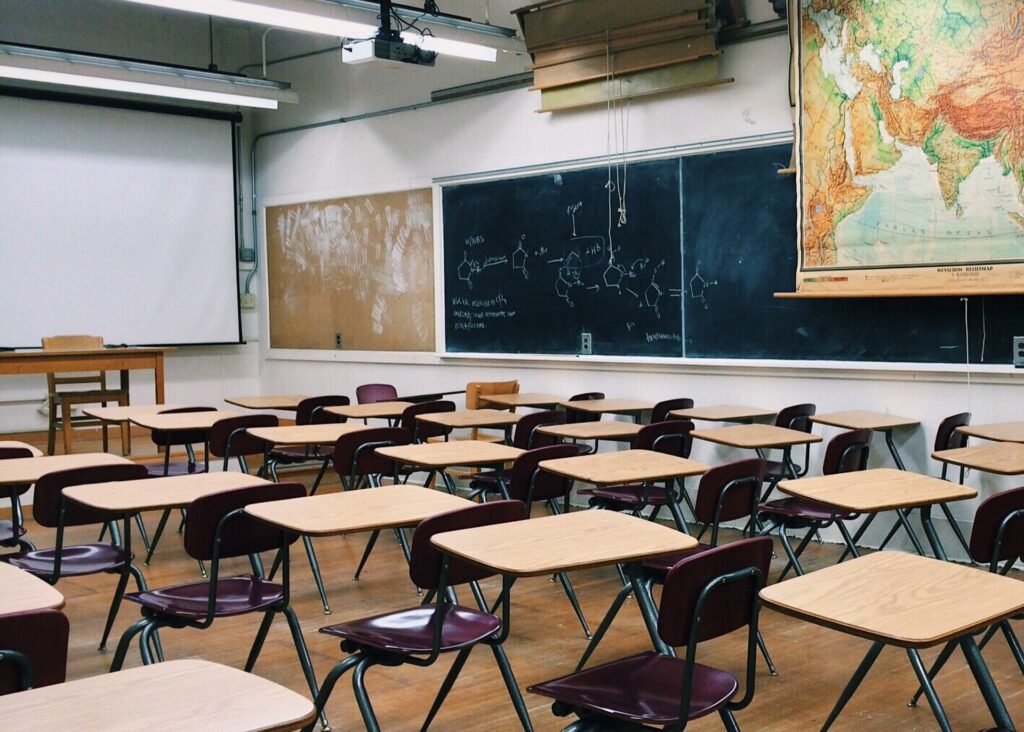Learning Objectives
- Reflect on the areas within one’s discipline where fake news appears more often.
- Reflect on the importance of focusing students’ attention on fake news within one’s discipline.
Resources needed
- Internet connection.
Warning!
You can try out all activities and excercises, but you can't save any data. Please login or create a free account to save your data.
Exercise 1: The case of your own discipline

Now that you have analysed fake news and learnt how to recognise its distinctive features, consider what aspects of your discipline are subject to the production and dissemination of fake news.
Is there recurring fake news related to the content of the subject you teach?
Search on the internet for one or two articles (they can be written both in your first language and in another language you master) that contain false and misleading information about topics you usually teach. For example, if you are a history teacher, you might look for some articles about historical events that were deliberately manipulated and modified for political purposes. Or, if you teach a foreign language, you can search for fake news written in different languages – possibly regarding the same topic – and try to identify similarities and contrasts between the linguistic strategies employed in the texts. Then paste below the URL of the articles you found.
Exercise 2: Sharing ideas and strategies with your colleagues
Can you think of at least 5 pieces of advice to offer to other teachers of your discipline on how you would integrate the topic of fake news and critical literacy into your classes?
